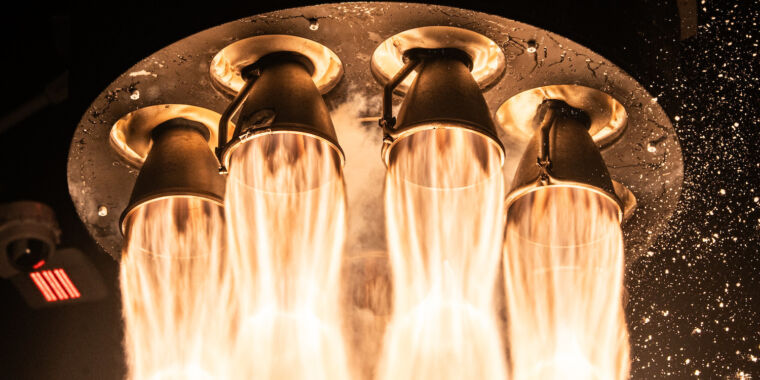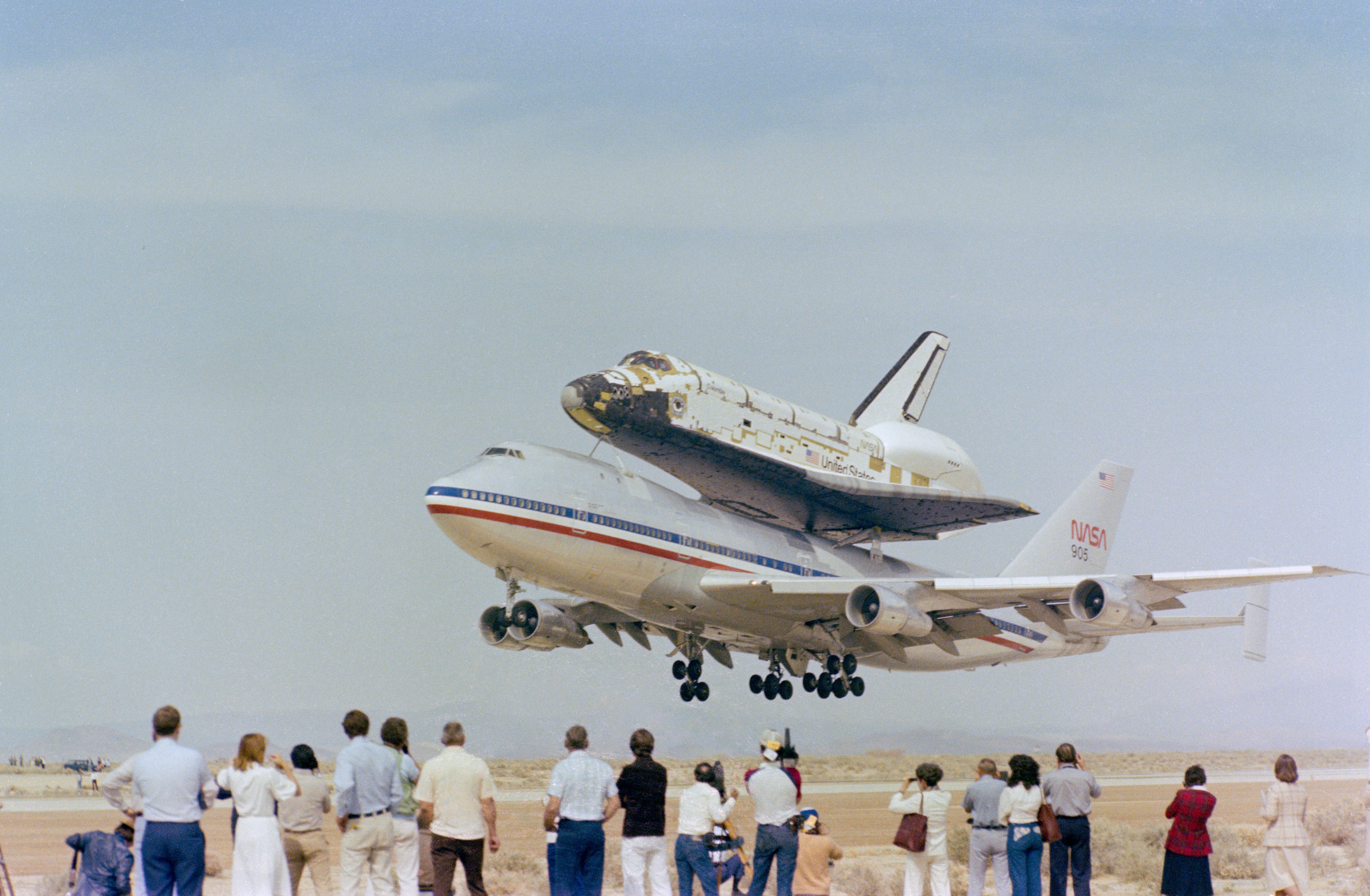[ad_1]
Astronomers have spotted a star with a dark metallic “scar” on its surface, thought to be the imprint of a doomed planetary fragment that came too close to its host.
The white dwarf star, called WD 0816-310, is a dense, Earth-sized remnant of a star about 63 light years away that would have been similar to our sun in its lifetime. Observations revealed a concentrated patch of metals on its surface, which appear to be the remnants of an ingested chunk of planet or an asteroid.
“It is well known that some white dwarves – slowly cooling embers of stars like our Sun – are cannibalising pieces of their planetary systems,” said Stefano Bagnulo, an astronomer at the Armagh observatory and planetarium in Northern Ireland, UK, and lead author of the study.
Previously, it had been assumed that these fragments would sink into the star and become distributed evenly over the surface. However, the latest findings reveal planetary material being apparently locked in place by the star’s magnetic field, resulting in a shadowy surface structure. The metallic patch covers a larger fraction of the pole than the equivalent of Antarctica on Earth.
A white dwarf is the stellar core that is left behind after a dying star has exhausted its nuclear fuel and expelled its outer layers to form a glowing cloud, known as a planetary nebula. At roughly the size of the Earth, they are so dense that their gravity can rip apart planets or asteroids that come in their vicinity.
Jay Farihi, a professor of astrophysics at University College London and co-author on the study, said: “When a planet or asteroid gets close, it is tidally shredded. This is the final death spiral [of one of these fragments]. We’ve never seen this before. We now know the last moments before it’s gobbled up.”
Calculations suggest the metals detected on the star’s surface must have originated from a planetary fragment as large as or possibly larger than Vesta, which is about 500km across and the second-largest asteroid in the solar system.
The team noticed that the strength of the metal detection changed as the star rotated, suggesting the metals are concentrated on a specific area on the white dwarf’s surface, rather than smoothly spread across it.
They also found that these changes were synchronised with changes in the white dwarf’s magnetic field, indicating that this metal scar is located on one of its magnetic poles. Put together, these clues indicate that the magnetic field funnelled metals on to the star, creating the scar.
Prof John Landstreet, of the University of Western Ontario, Canada, and the Armagh observatory and planetarium, said: “This scar is a concentrated patch of planetary material, held in place by the same magnetic field that has guided the infalling fragments. Nothing like this has been seen before.”
Astronomers are observing so-called polluted white dwarves because measuring the metals and elements present can give unprecedented insights into the bulk composition of exoplanets.
The findings are published in the Astrophysical Journal Letters.
Maqvi News #Maqvi #Maqvinews #Maqvi_news #Maqvi#News #info@maqvi.com
[ad_2]
Source link

















































